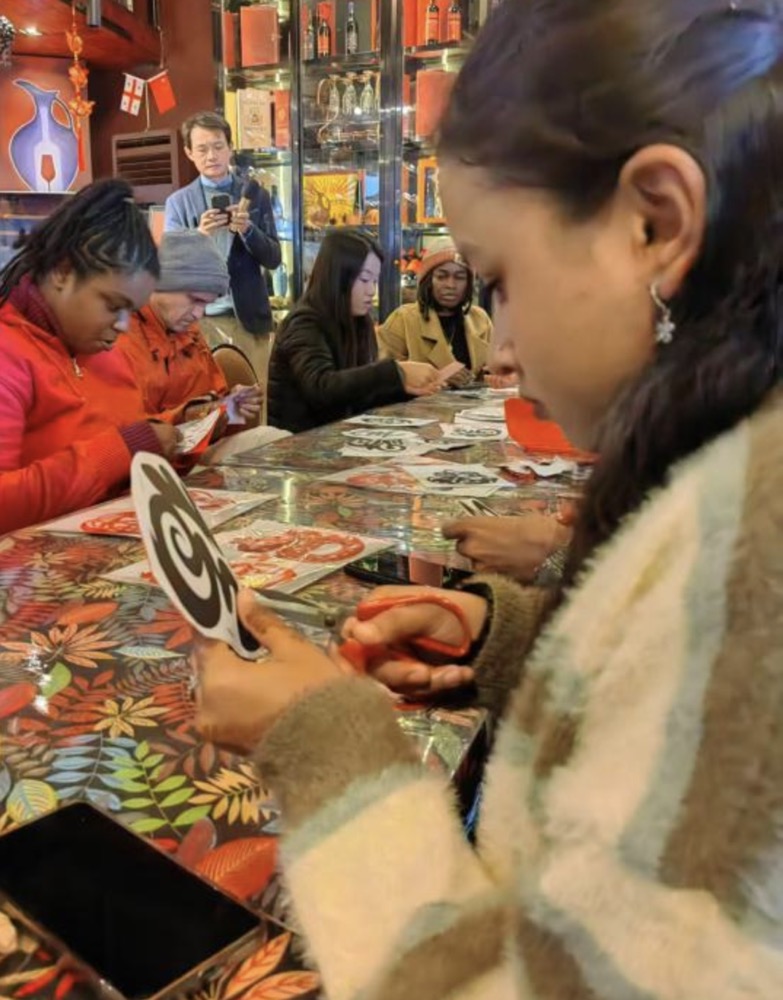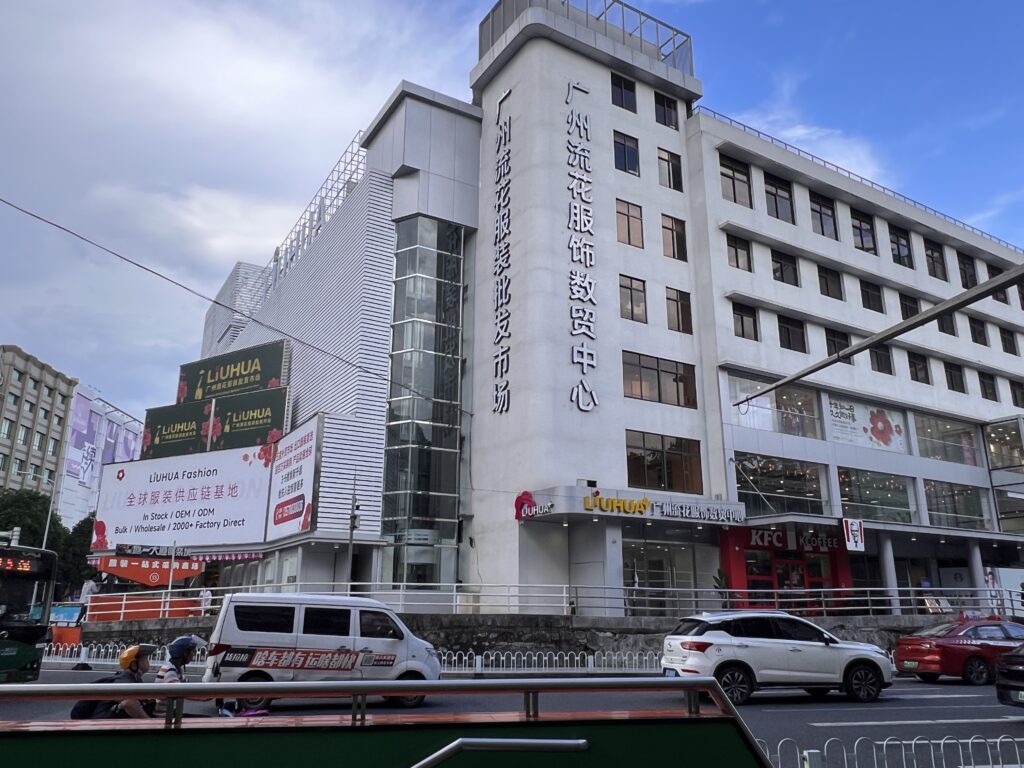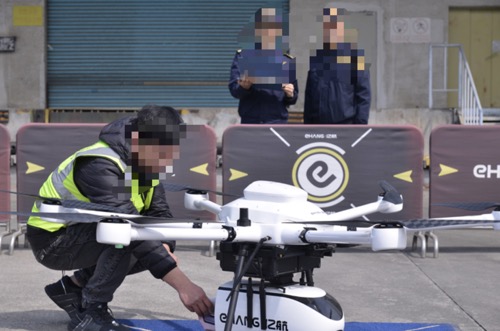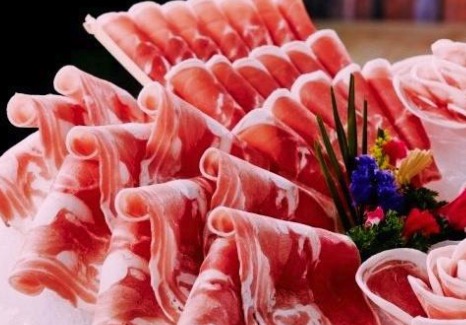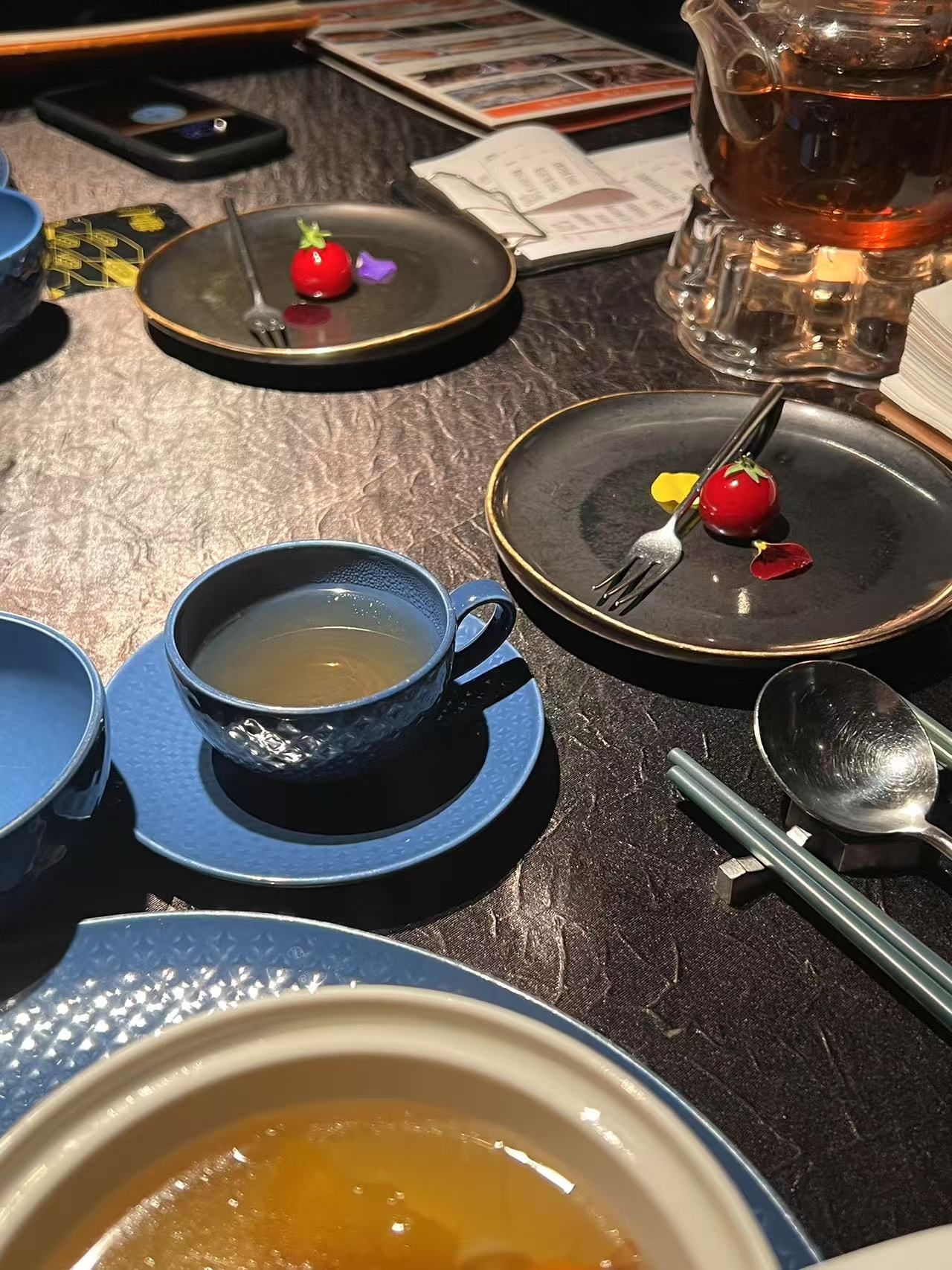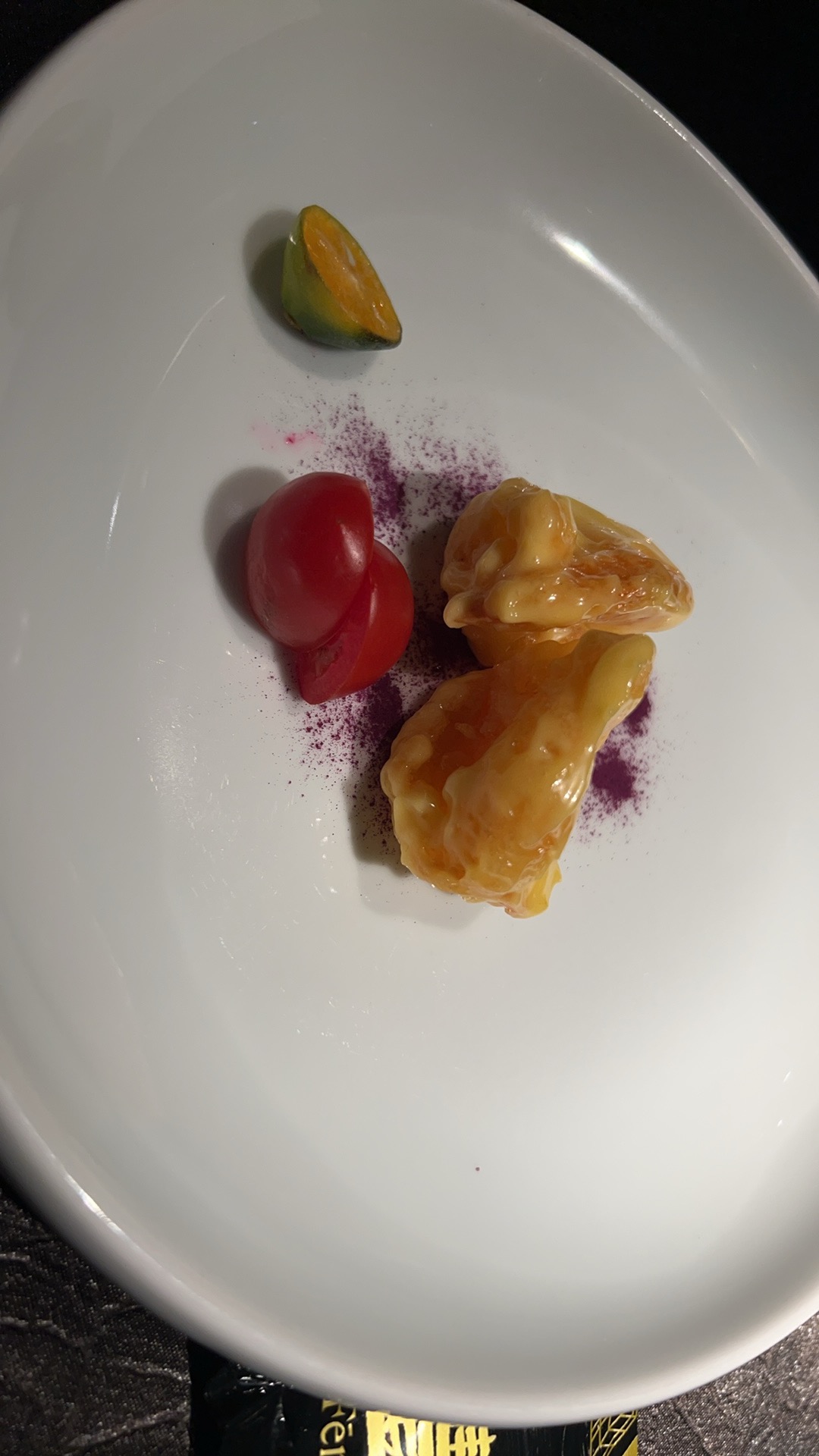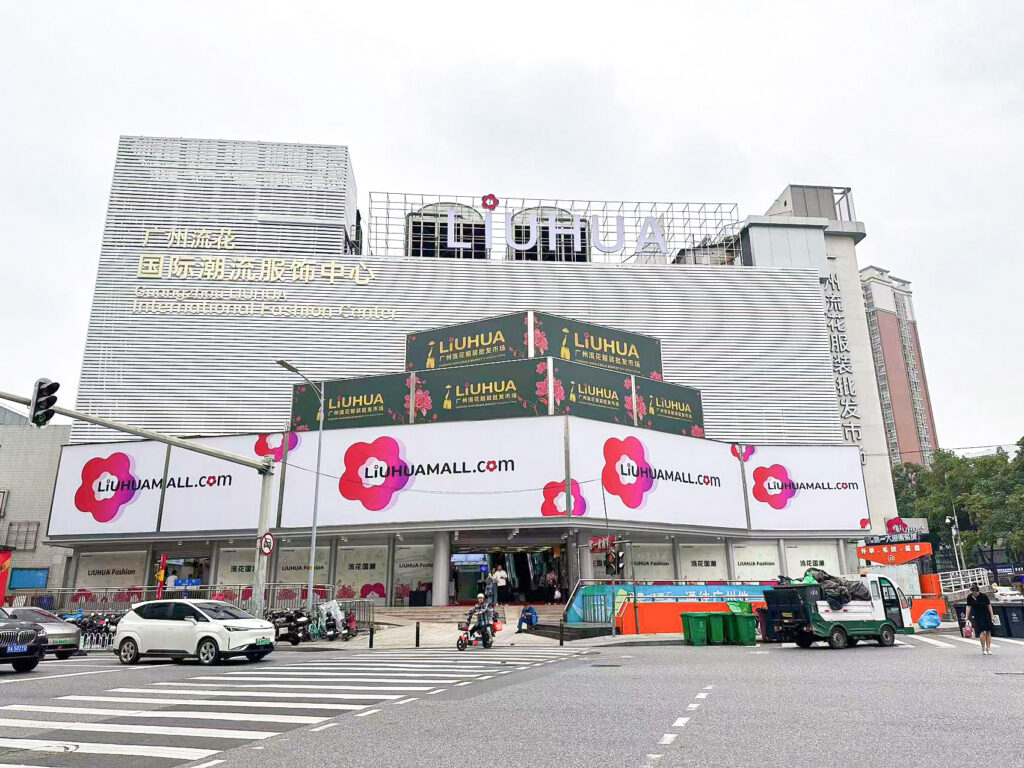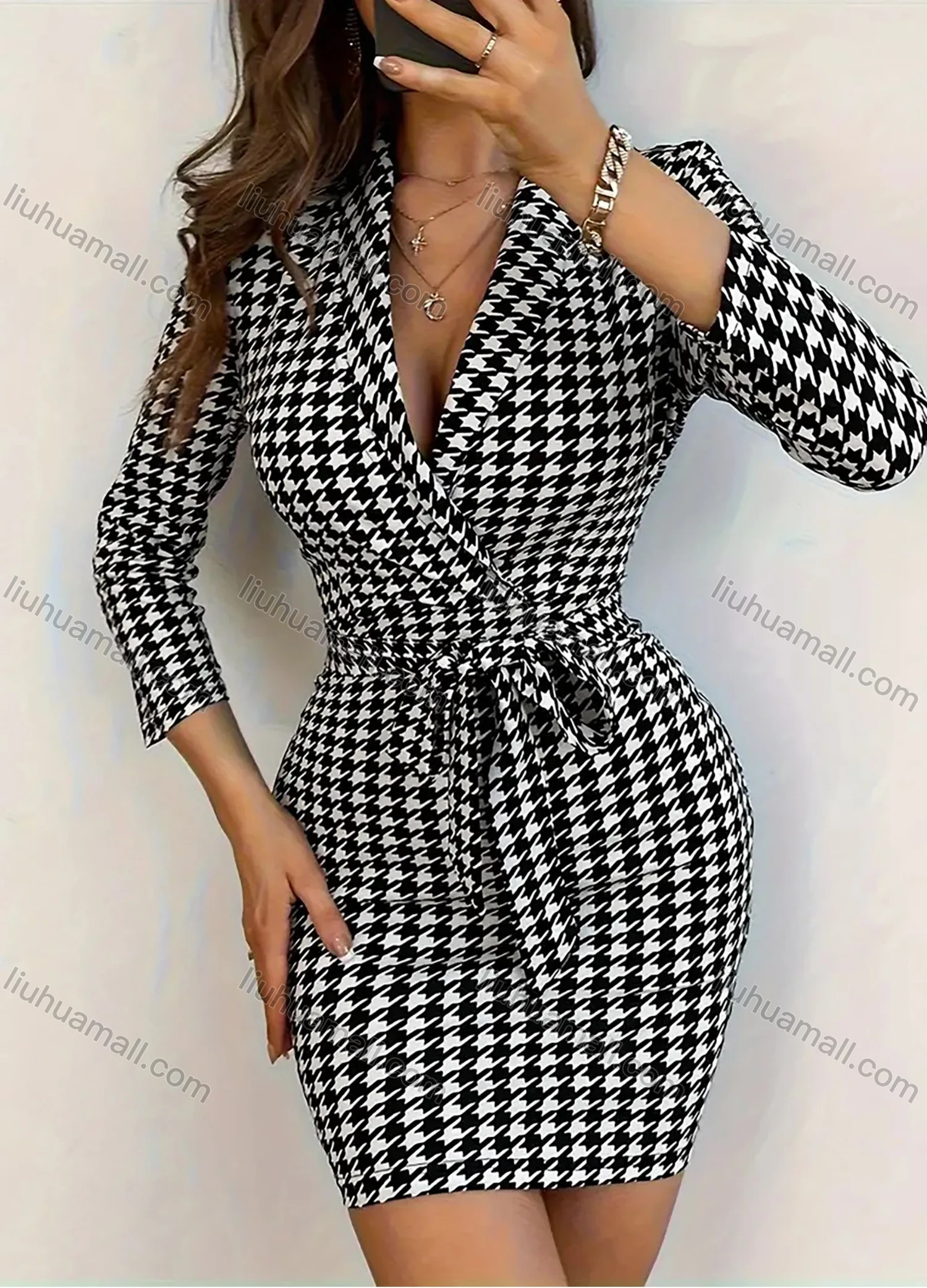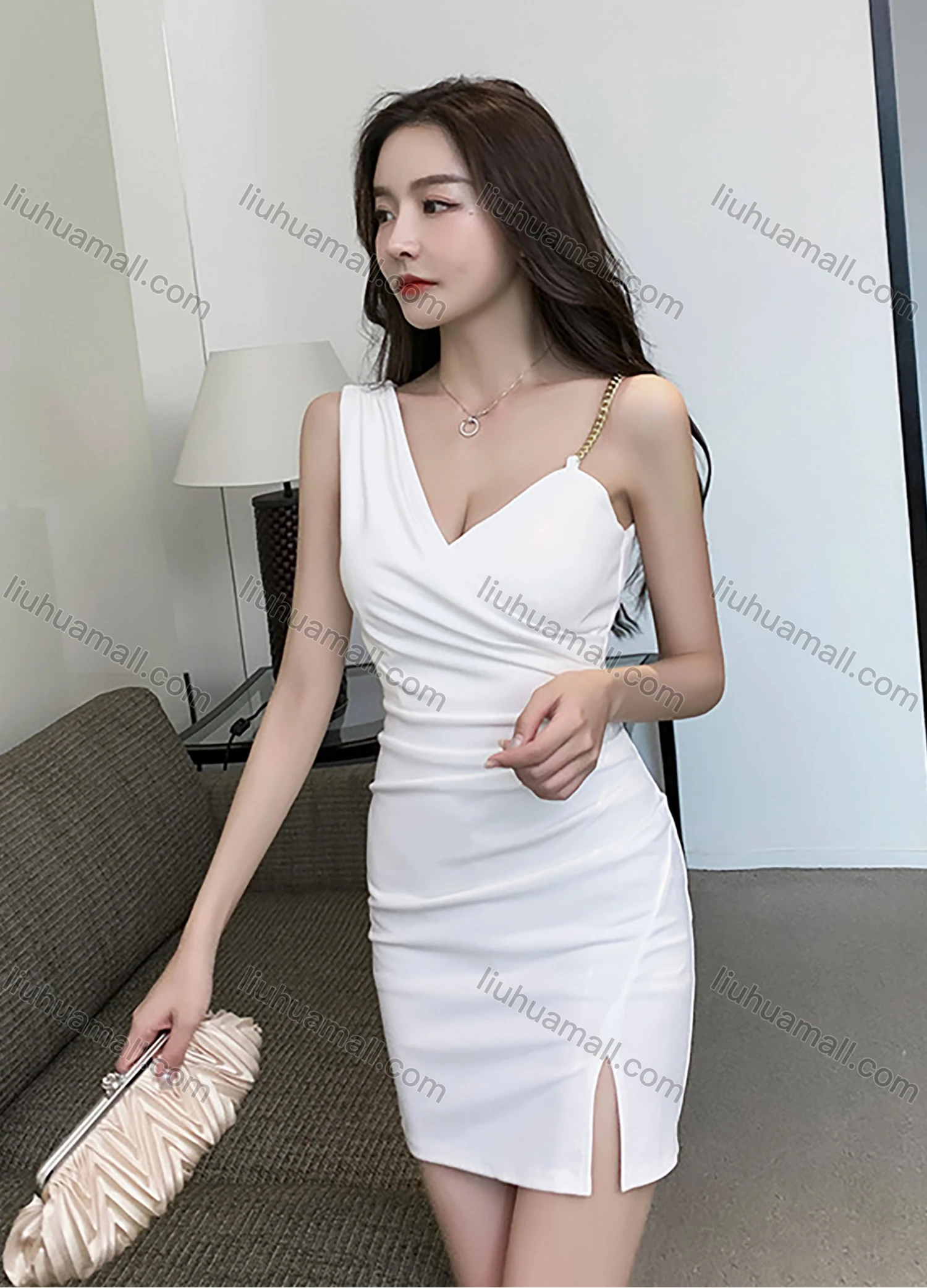Yuexiu District is the oldest central urban area of Guangzhou. After the unification of China by the Qin Dynasty, the Nanhai Commandery was established. Commandant Ren Xiao selected a region between Baiyun Mountain and the Pearl River (within the current Yuexiu District) as the seat of the commandery. In 214 BC, the Panyu City was built (the ruins of Panyu City are located within Yuexiu District). Over time, the landscape changed dramatically: the Pearl River’s banks shifted southward, inland lakes vanished, river channels silted up, and the alluvial plains expanded. Panyu City continued to grow through various historical dynasties, such as the westward expansion during the Han Dynasty, multiple expansions during the Song Dynasty (including the construction of the inner city, eastern and western wing cities, and the Yanchi City), the merging of the three Song Dynasty city walls over Yuexiu Mountain during the early Ming Dynasty, and the construction of a new city along the river during the Qing Dynasty. Over the 2,000 years of feudal society in China, the development and transformation of Guangzhou mainly took place within the Yuexiu District. Due to its geographical and historical significance, Yuexiu District possesses the following characteristics:
1. The Historical Administrative Center of Lingnan
Since the establishment of the Nanhai Commandery during the Qin Dynasty, Yuexiu District has been the administrative center of Lingnan. During the Western Han Dynasty, Zhao Tuo, the King of Nanyue, built the Nanyue Kingdom Palace here. During the Southern Han Dynasty, Liu Yan declared himself emperor and constructed lavish palaces. Successive dynasties, from the Eastern Wu’s establishment of Guangzhou, the Tang Dynasty’s Lingnan Circuit, the Song Dynasty’s Guangnan East Road, the Yuan Dynasty’s Branch Secretariat, to the Ming and Qing Dynasties’ Guangdong Province, all set their military and administrative centers within Yuexiu District. During the Republic of China era, Sun Yat-sen’s presidential office was located at the southern foot of Yuexiu Mountain (near the current Sun Yat-sen Memorial Hall). After the founding of the People’s Republic of China, Yuexiu District became home to numerous party and government institutions. Today, it is the location of the Guangdong Provincial Committee, Provincial Government, Provincial People’s Congress, Guangzhou Municipal Committee, Municipal Government, and Municipal People’s Congress.
2. The Historical Cultural Center of Guangzhou
During the Three Kingdoms period, Yu Fan began teaching in Yuexiu District. During the Wei, Jin, and Northern and Southern Dynasties, many overseas monks came to China to translate scriptures and preach at the Guangxiao Temple. Since the Tang Dynasty’s imperial examination system, Guangzhou has been a place for scholars to study and advance their education. To this day, Yuexiu District retains numerous ancient academies, schools, and cultural relics, such as the Nanhai Academy, Panyu Academy, Yuexiu Academy, Yuehua Academy, Yingyuan Academy, Xihu Academy, Lujiang Academy, and Wanmu Cottage. These sites stand as the best witnesses to Guangzhou’s historical culture and its cultural exchanges with the outside world.
3. A District Rich in Historical Sites
With its long history and profound cultural heritage, Yuexiu District is home to a wealth of historical sites. Notable national and provincial-level cultural protection units include the Guangxiao Temple, Huaisheng Mosque, Sacred Heart Cathedral, the Site of the Guangzhou Commune, the Qin Dynasty Shipyard Ruins, Zhenhai Tower, Wuxian Temple and Lingnan First Tower, the Ming Dynasty City Wall, the March 29th Uprising Headquarters Site, the Sun Yat-sen Memorial Hall and Monument, Huanghuagang, and the Martyrs’ Cemetery.
4. A Thriving Commercial District Throughout History
Guangzhou was one of the earliest and largest foreign trade ports during China’s feudal period and the first city to establish customs officials (the Tang Dynasty’s Maritime Trade Commissioner). Frequent foreign trade brought prosperity to Guangzhou. During the Tang Dynasty, many Persians and Arabs came to trade and settled in the current Guangta Road area, forming the “Fanfang” (foreign quarter). During the Song Dynasty, the area south of “Shuangmendi” (now Beijing Road) developed into a bustling commercial district. The southwestern part of the city, including Nanhaokou and Xi’ao (now Shishu Street and the area around the Provincial Hospital of Traditional Chinese Medicine), was Guangzhou’s largest foreign trade dock and the location of the Maritime Trade Office, known as the “Market of All Goods and the City of Five Capitals.” During the Ming and Qing Dynasties, the Haopan Street area (then the city moat) was lined with shops and entertainment venues, comparable to Nanjing’s Qinhuai River. Among Guangzhou’s four modern commercial centers, three are located in Yuexiu District: Beijing Road, Zhongshan Fifth Road, Jiefangzhong Sipailou, and Changdi-Renmin South Road. Since 1957, the China Import and Export Fair has been held biannually in Yuexiu District.
Since the reform and opening-up, several distinctive commercial streets have emerged in the district. Today, the Beijing Road and Zhongshan Fifth Road area has become Guangzhou’s most prosperous commercial and cultural tourism district. The Huanshidong International Central Business District, with its concentration of office buildings, dense flow of people, goods, capital, and information, has formed a distinctive “headquarters economy,” making it an important window for South China’s opening to the world.
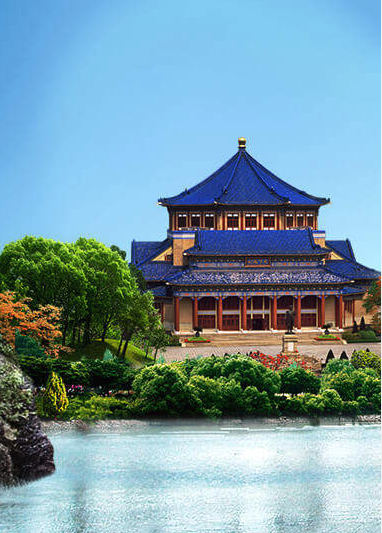
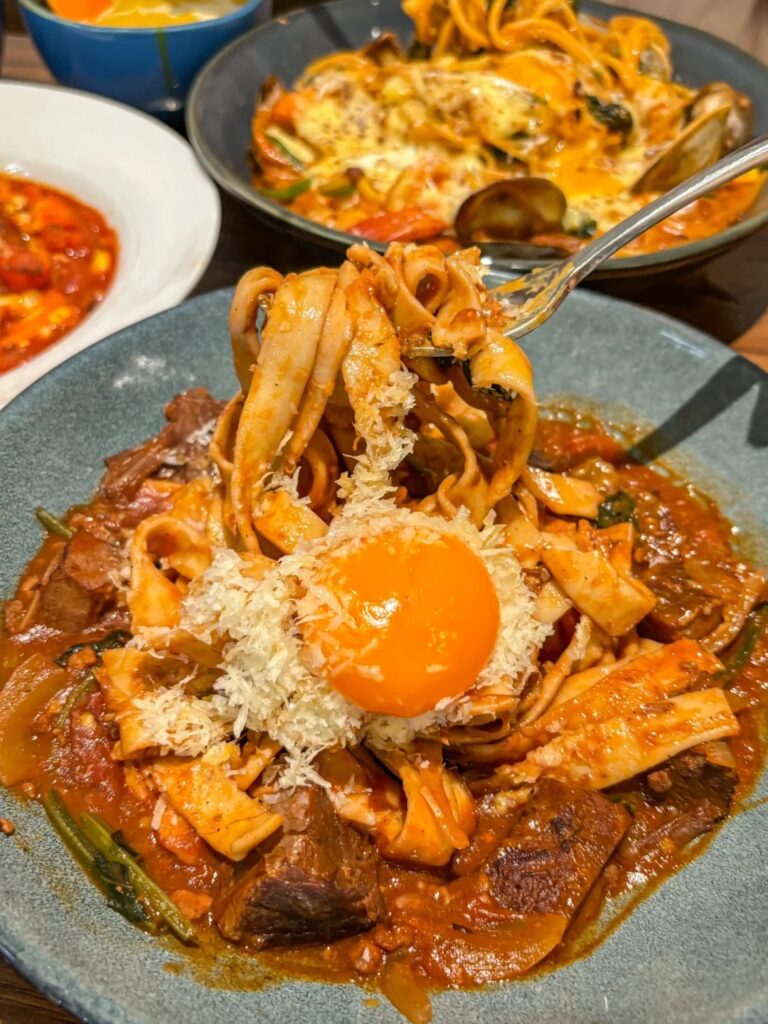
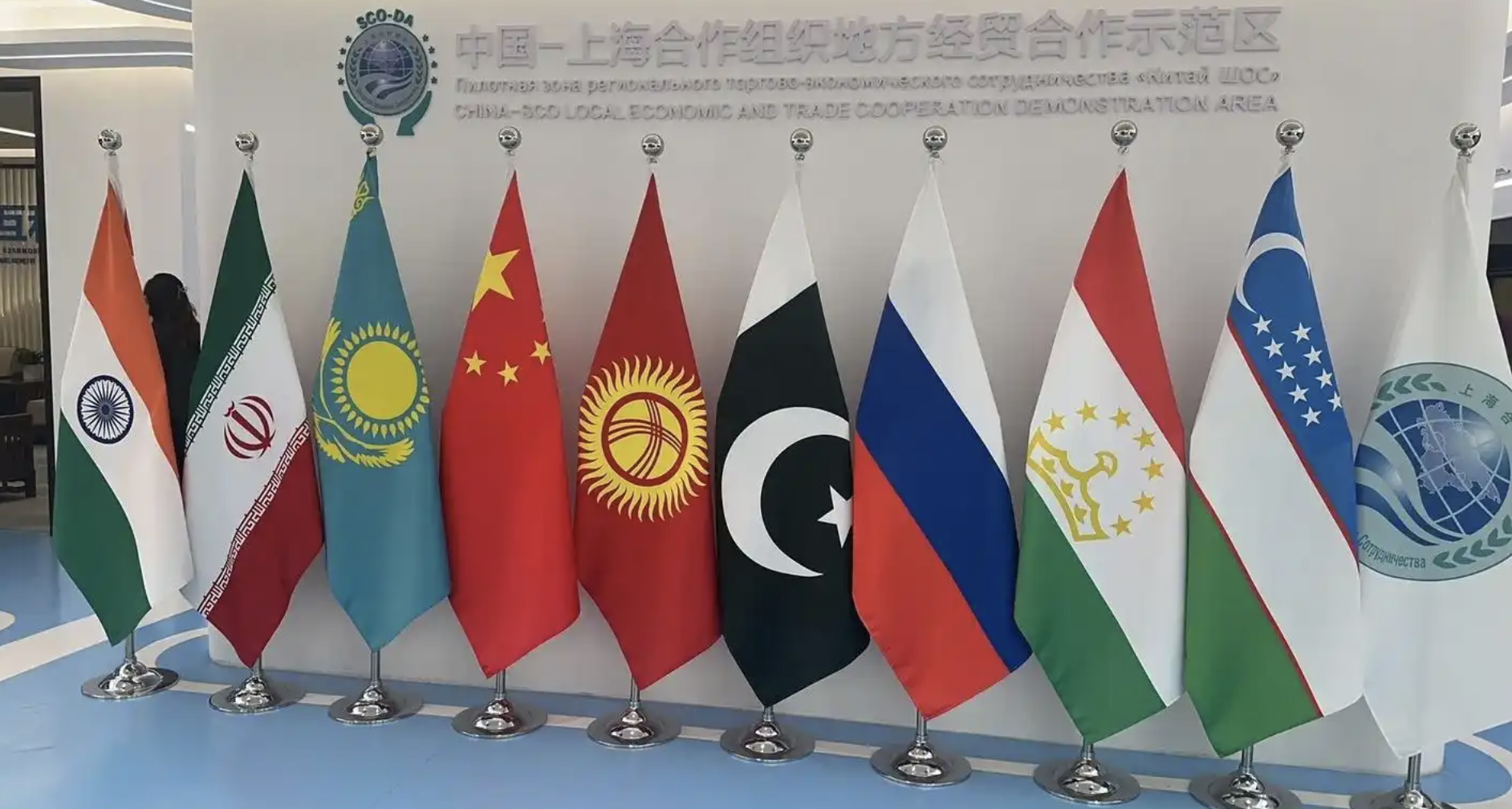 After the SCO summit in Astana last July, China officially took over the SCO’s rotating presidency for 2024 to 2025.
After the SCO summit in Astana last July, China officially took over the SCO’s rotating presidency for 2024 to 2025.